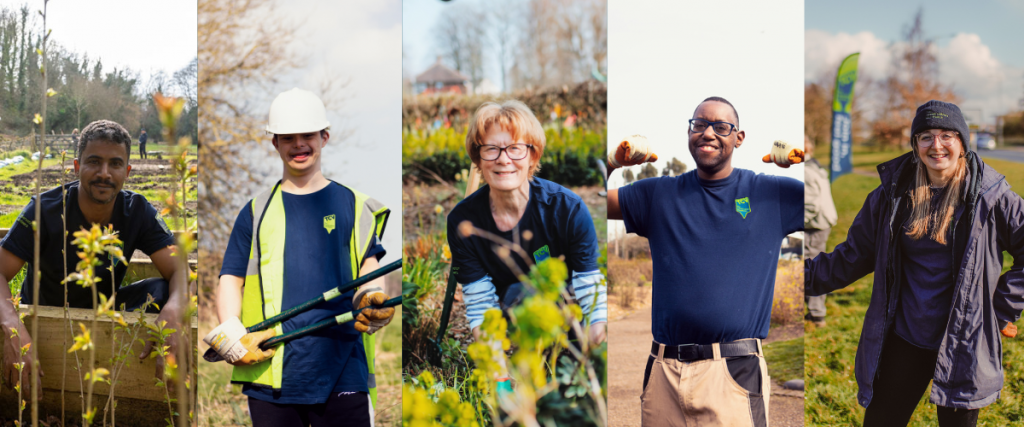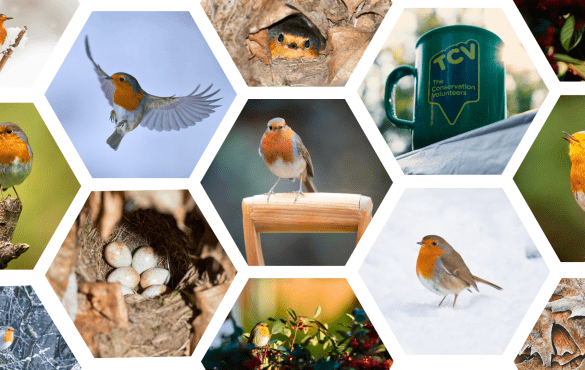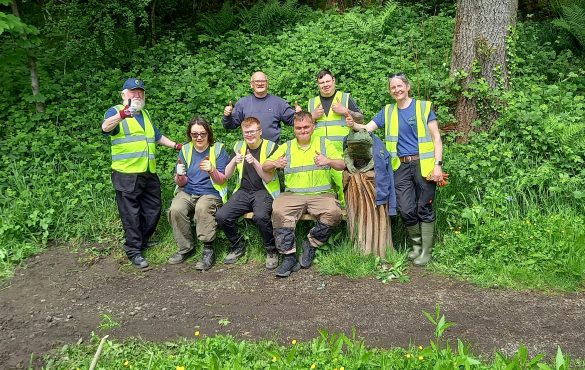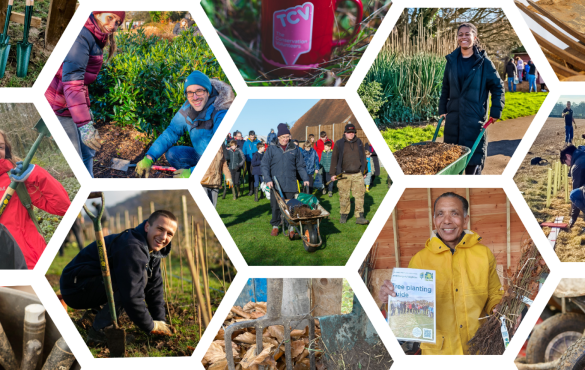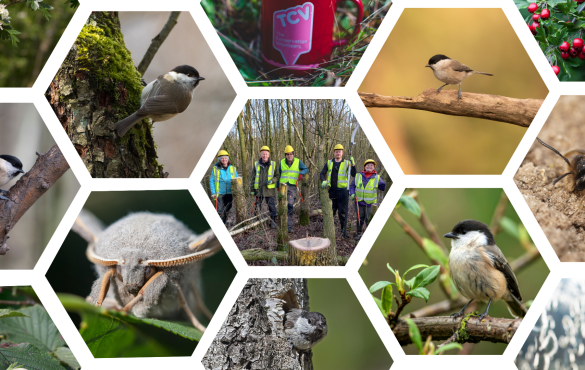Citizen science is a fantastic way to explore your local environment while contributing to valuable scientific research. From monitoring wildlife and trees to recording environmental data, there are numerous ways for people of all ages and backgrounds to get involved in conservation projects.
What is Citizen Science?
There are many ways we can all ‘do our bit’ for the environment, from recycling our bottles and cans, to caring for a local beauty spot. Increasing numbers of people are getting involved in ‘citizen science’, the term used to describe public participation in scientific research.
Of course, amateur enthusiasts have been doing this for hundreds of years, but there are now more ways than ever before to get involved. The beauty of citizen science is that you don’t need to be an expert to contribute – enthusiasm and curiosity really are all you need!
Benefits of Citizen Science for You
Participating in citizen science offers numerous personal benefits:
- Educational: You’ll learn a lot about your chosen field of interest.
- Social: It’s a great way to meet people from all walks of life, make new friends, and share experiences. People of all ages can come together to contribute and share wisdom.
- Health: Spending time outdoors is good for your physical and mental well-being.
One of the things I enjoyed the most was interacting and connecting with volunteers of all different ages and backgrounds. It helped me to look at life from other people’s viewpoints and form friendships while simultaneously giving nature a helping hand.
Ollie, TCV Volunteer
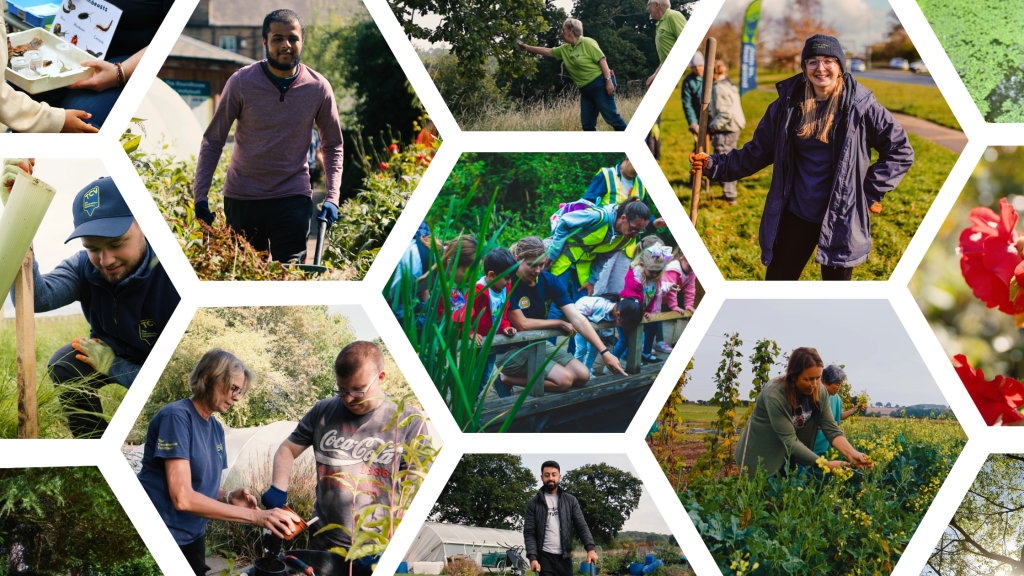
Benefits of Citizen Science for Nature
Citizen science also has significant benefits for the environment:
- Data Collection: Volunteers help gather valuable environmental data that can be used for scientific research and conservation efforts.
- Biodiversity Tracking: Monitoring wildlife and plant species helps track biodiversity and identify changes in ecosystems.
- Conservation Projects: Data collected through citizen science can inform and support conservation projects aimed at protecting natural habitats and species.
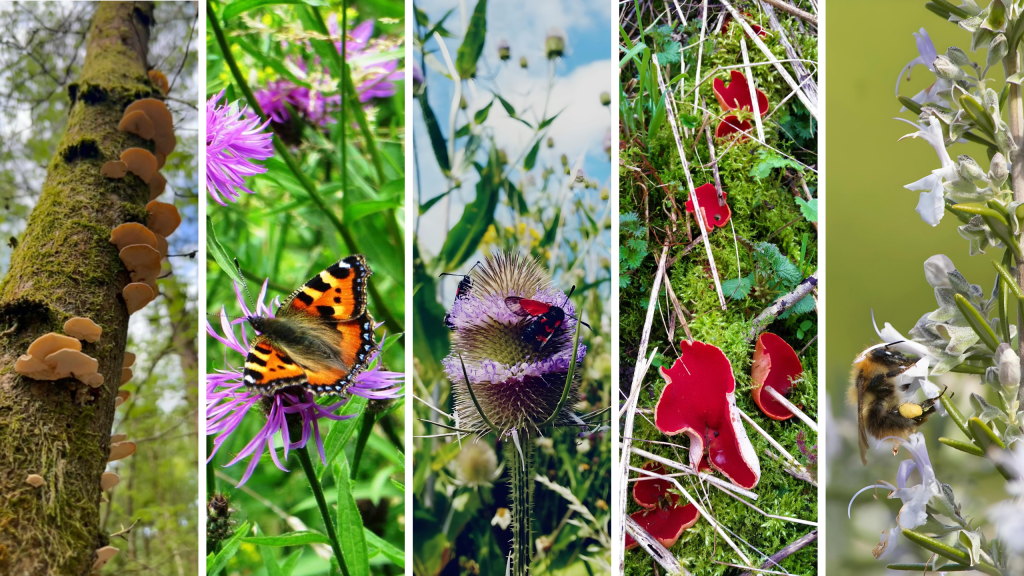
What Equipment Do You Need for Citizen Science?
Getting started with citizen science doesn’t require much. A notepad, pen, and a keen pair of eyes are often enough. Depending on your interests, you might also use binoculars, a hand lens, or a camera. Many projects also offer guidebooks and mobile apps to help with identification and data recording.
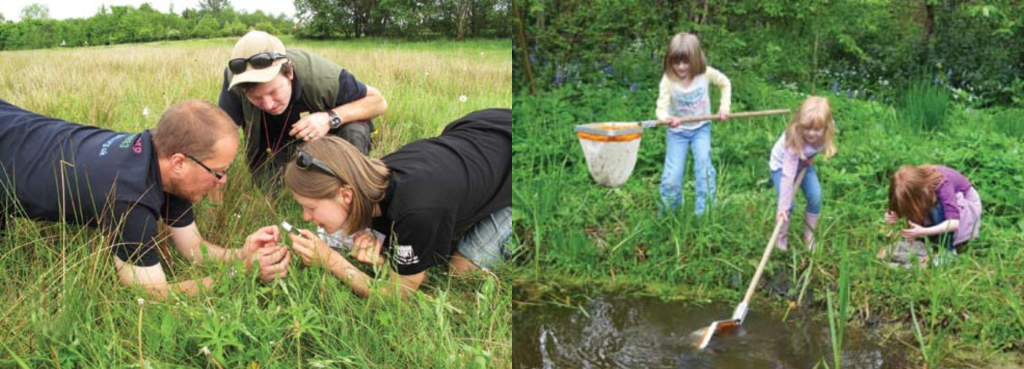
How to Submit Your Citizen Science Data
Once you’ve collected data, you can submit it to national organisations or local biological recording centres. Many platforms allow you to upload information online, making it quick and easy to contribute.
TCV and Citizen Science
The Conservation Volunteers (TCV) supports citizen science through various initiatives:
- I Dig Trees – Together, we’re taking positive action – planting and caring for millions of trees and biodiverse pocket forests across the UK.
- Dead Good Deadwood Survey – We have created this survey as an educational toolkit that will help people understand the benefits of looking after deadwood whilst also providing us with new information about our local woodlands and green spaces.
- Scotland Counts Project – The project aims to ensure that every individual and community in Scotland has the opportunity to develop skills and confidence to understand their local environment through Citizen Science.
- TCV BioBlitz Events – These events aim to record as many species as possible in a specific area within 24 hours.
- HogWatch – When did you last see a hedgehog? Hedgehog sightings are vital to this project as it is important to track hedgehog populations.
- Raising tick awareness – In recent years TCV has been involved in an initiative to increase public awareness of ticks, small spider-like creatures whose bites can transmit infections and cause illnesses such as Lyme disease.
- OPAL Surveys – We support teachers, volunteers, staff and community groups to use OPAL surveys to engage others to identify and record the wildlife around them.
Other Ways to Get Involved with Citizen Science
Countless citizen science projects across the UK welcome volunteers. Here are some more ways you can start:
- Join National Surveys: Participate in well-known surveys like the RSPB’s Big Garden Birdwatch, the world’s largest garden wildlife survey, which helps monitor bird populations across the UK. If birds aren’t your thing, consider surveys for butterflies, flowers, lichens, or even marine species.
- Local Projects: Many local conservation groups run their own surveys. For example, the Friends of the River Kelvin in Glasgow engage in activities like monitoring river levels and water quality.
- Casual Recording: You can also contribute by recording everyday observations. Apps and websites like iNaturalist (watch our handy how-to guide), iSpot Nature, iRecord and iRecord Butterflies, allow you to upload photos and get help identifying species from a community of experts.
For more information on how to get involved with many different wonderful conservation organisations, check out this CJS resource on Citizen Science opportunities: https://www.countryside-jobs.com/volunteers/citizen-science.
Also, this database from The National Biodiversity Network lets you search for specific surveys by name or by species name to see if a recording scheme or survey exists: Find a survey or scheme – National Biodiversity Network
The Nature Recording Hub from the Natural History Museum also aims to be a ‘one-stop shop’ for people who want to monitor wildlife in their urban green spaces, and then use this information to help take action for nature.
Citizen science is a rewarding way to contribute to conservation efforts while learning more about the natural world. Whether you’re a seasoned naturalist or a curious beginner, there’s a project out there for you.
Get involved today and make a difference, you never know where your volunteering might take you!
I am grateful for the opportunity provided me by The Conservation Volunteers which has helped me secure a Master’s degree in Environment and Development at King’s College London which I start in September.
Ollie, TCV Volunteer
Keep up to date with the latest news and activities from The Conservation Volunteers by following us on Facebook, LinkedIn, X, Instagram and YouTube. You can also sign up to receive TCV’s Greenzine newsletter for more ways to get involved.
